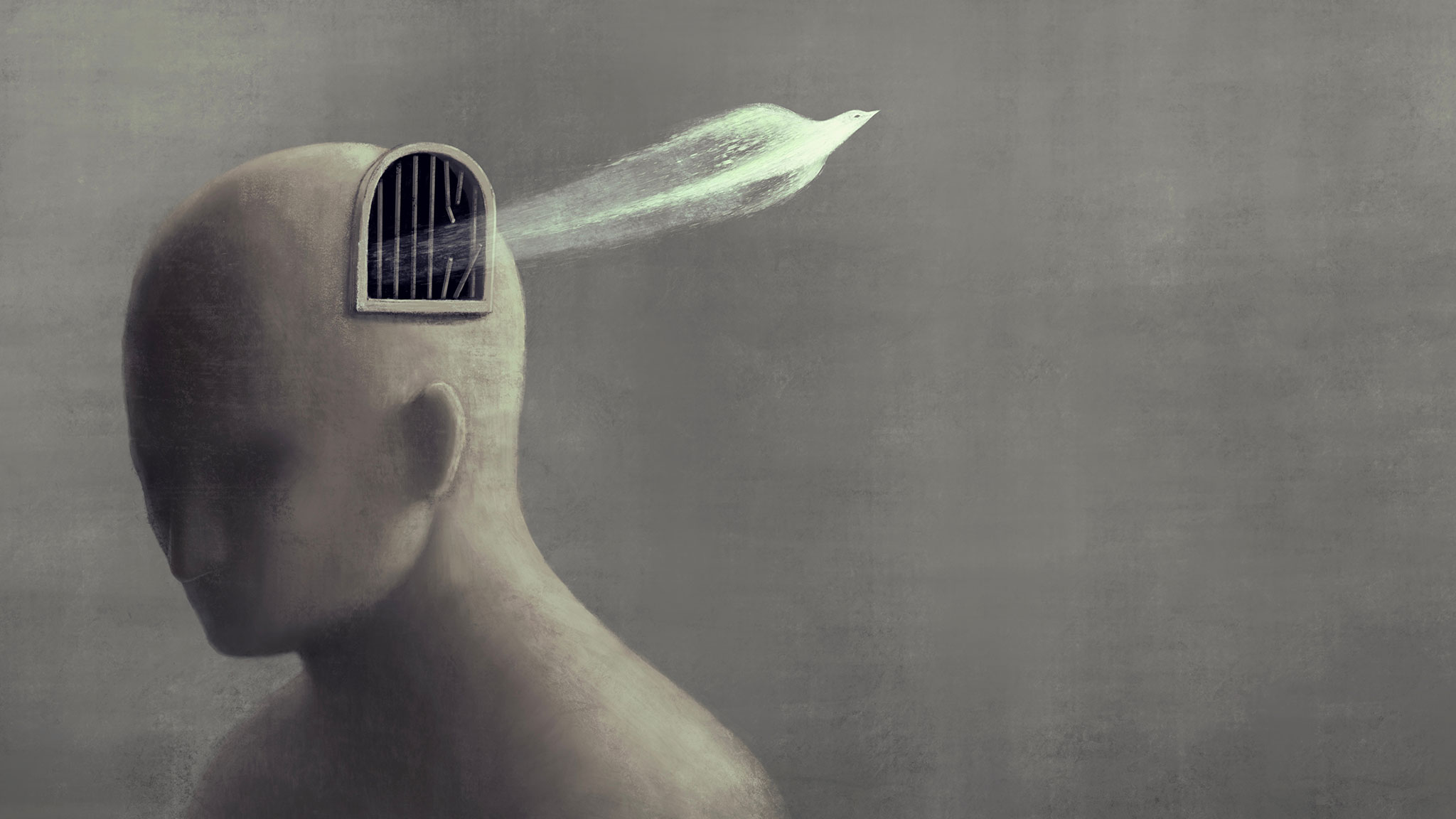What Is Pathological Loneliness And Why Does It Occur?

- People with pathological loneliness have trouble connecting with others and often feel isolated, even with many people around them.
- Those suffering from pathological loneliness tend to have low self-esteem and constant self-doubt so even a minor social interaction may leave them feeling exhausted and drained.
- The cycle of pathological loneliness, like chronic loneliness, can lead to various health issues like depression, sleep disorders, diabetes, heart disease, high blood pressure, mental health problems, and substance abuse.
Struggling with loneliness or having a mental health crisis?
- Suicide Prevention Lifeline: 1-800-273-TALK (8255); Deaf or hard of hearing dial 711 before the number or connect via online chat
Someone facing pathological loneliness is unable to connect with others on a deeper level as part of an ongoing cycle that is difficult to break.
Pathological loneliness emerges from a unique set of circumstances that stems from one or a combination of three root causes:
- Internal: One’s personality can affect their ability to make meaningful connections with others, whether due to introversion, struggles with low self-esteem, having poor coping skills, or experiencing feelings of unworthiness. Click here to learn more about internal loneliness.
- Developmental: When someone feels like they are falling behind in life and not progressing or finding “success” at the same rate as their peers, it can be difficult to make (or maintain) connections with others. Click here to learn more about developmental loneliness.
- Situational: Although situations can be transient, pathological loneliness that’s rooted in a situational cause stems from long-term environmental, interpersonal, cultural, or socio-economic circumstances that affect one’s ability to make meaningful connections with others. Click here to learn more about situational loneliness.
Everyone experiences loneliness, but just because someone is alone does not necessarily mean they’re lonely.
Being alone only means that you are not physically around people and despite what one might think, some people enjoy relishing in solitude.
Loneliness, on the other hand, is the discrepancy between one’s desired level of social connection and the amount they actually receive.
Some researchers consider pathological loneliness to be a disease because it is more than a symptom.
Where a healthy-minded person can make changes that guide their way out of loneliness, someone with an unhealthy mindset may develop pathological loneliness.
This is particularly true for people who struggle with mental health challenges and disorders such as:
- Depression
- Anxiety or social anxiety
- Mood disorders
- Personality disorders
- Trauma & PTSD (post-traumatic stress disorder)
- Substance abuse
Over time, such people may develop a pattern of cognitive distortions.
They have irrational thoughts and beliefs that perpetuate their psychopathological state.
Common patterns of cognitive distortions may include:
- Catastrophic thinking
- Discounting the positive
- Jumping to conclusions
- Personalization and blame
Similar to internal loneliness, the perception of being alone exacerbates the feelings associated with pathological loneliness, including low self-worth, loss of control, insomnia, mental anguish, feelings of worthlessness, and developing poor coping mechanisms.
Mental health loneliness is closely tied to pathological loneliness because of shared mental health issues that can hinder the ability to maintain relationships or take part in outside activities with other people.
Codependency loneliness and pathological loneliness are often linked, as well.
Codependents get caught in a similar counterproductive cycle of loneliness, especially in relationships where they’re constantly sacrificing their own needs to meet the needs of others first.
Their distorted thoughts can make them feel helpless and depressed. Codependents may become scared of being alone, believing that a toxic relationship is better than no relationship at all.
Existential loneliness, which can be experienced by people close to the end of life, identifies with pathological loneliness and also incorporates the unshakeable feeling of being disconnected from friends, family, or society in general.
Pathological loneliness affects all aspects of a person’s well-being and it does not simply go away on its own.
If you are experiencing this type of long-term loneliness, it’s important to consult a mental health care provider, and if you’re struggling right now, there are resources to find help.
Editor’s Note: This article is part of The Roots Of Loneliness Project, the first-of-its-kind resource that comprehensively explores the phenomenon of loneliness and over 100 types we might experience during our lives.
Find Help Now
If you’re struggling with pathological loneliness, we’ve put together resources to meet you wherever you are — whether you want someone to talk to right now, or are looking for longer-term ways to help ease your loneliness.
- Suicide Prevention Lifeline: 1-800-273-TALK (8255); Deaf or hard of hearing dial 711 before the number or connect via online chat
- Resources & Emotional Support For Loneliness
- Volunteer & Pet Adoption Opportunities


